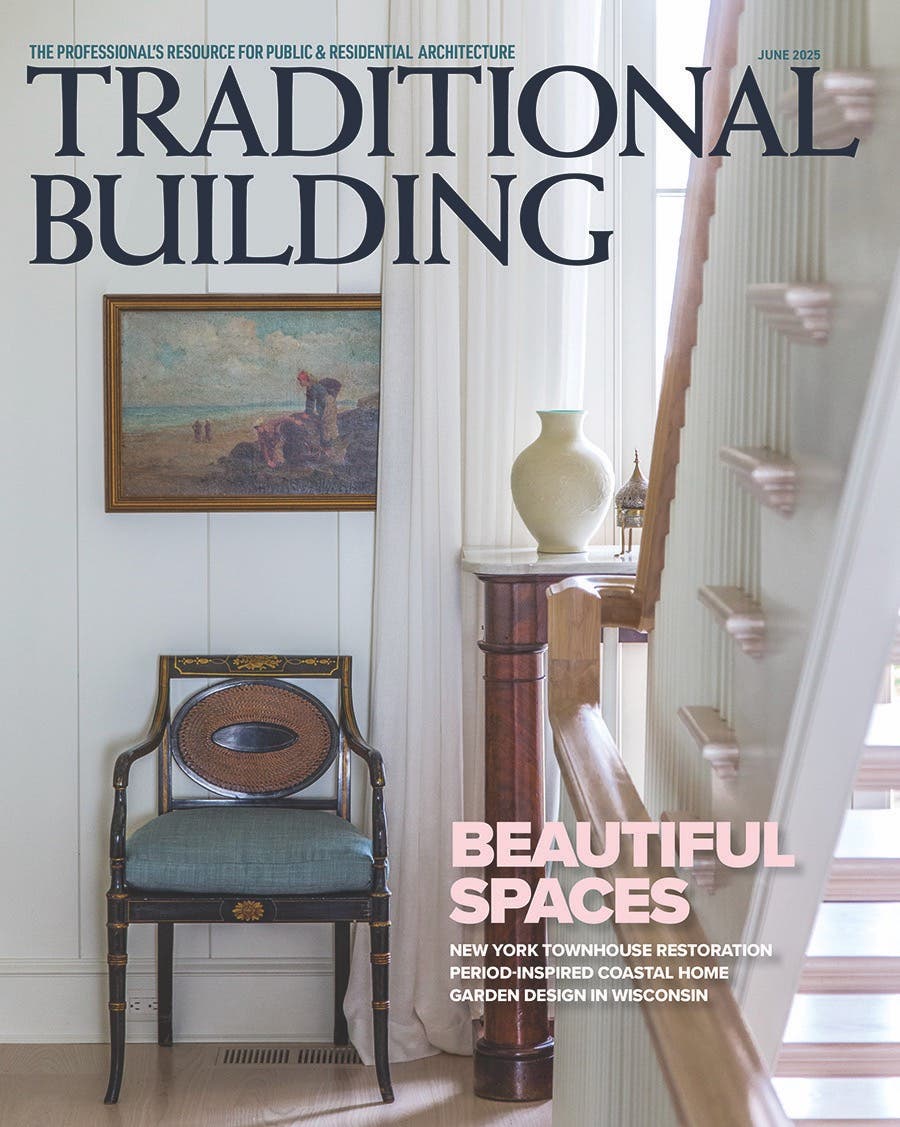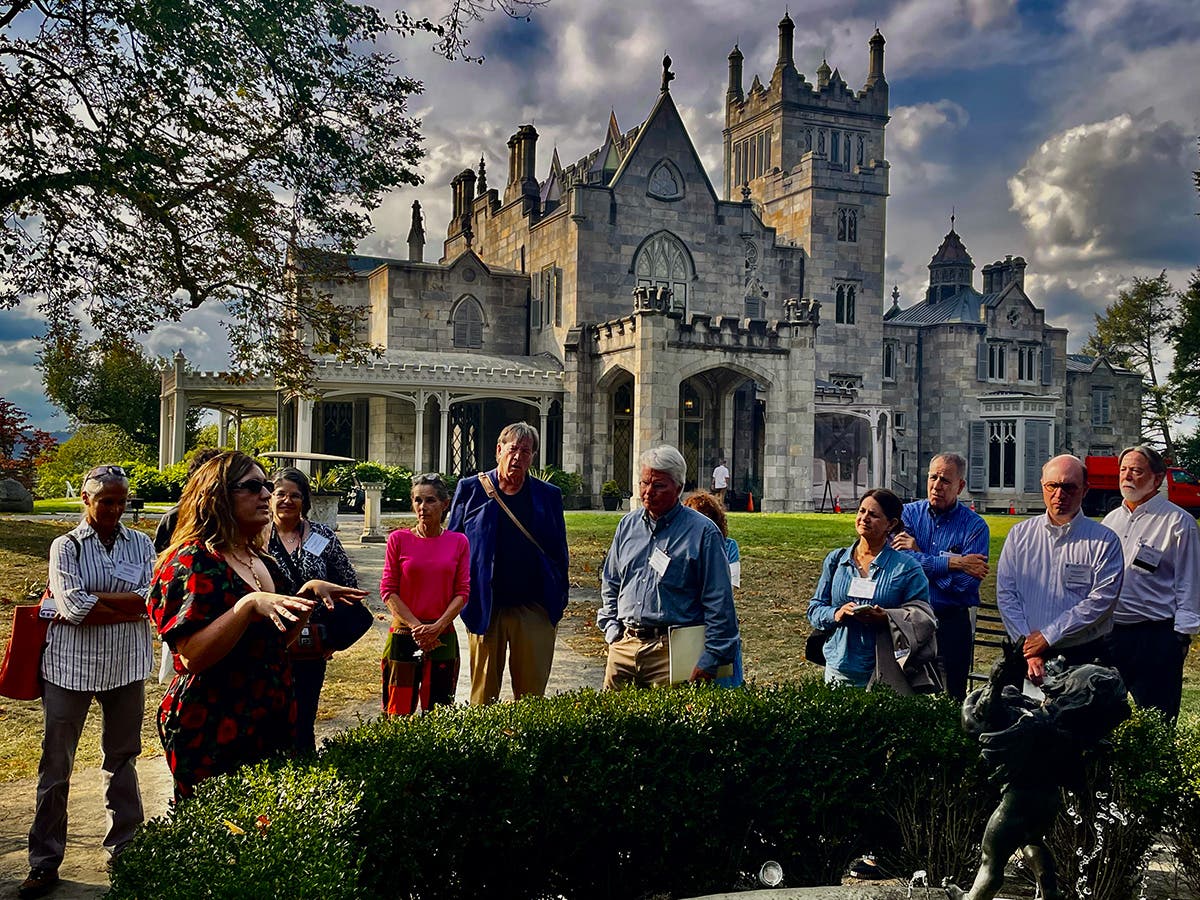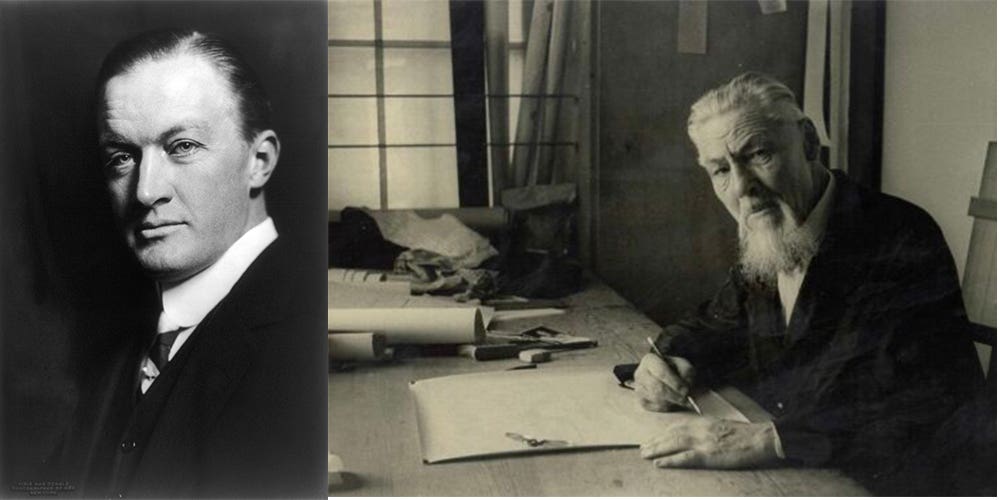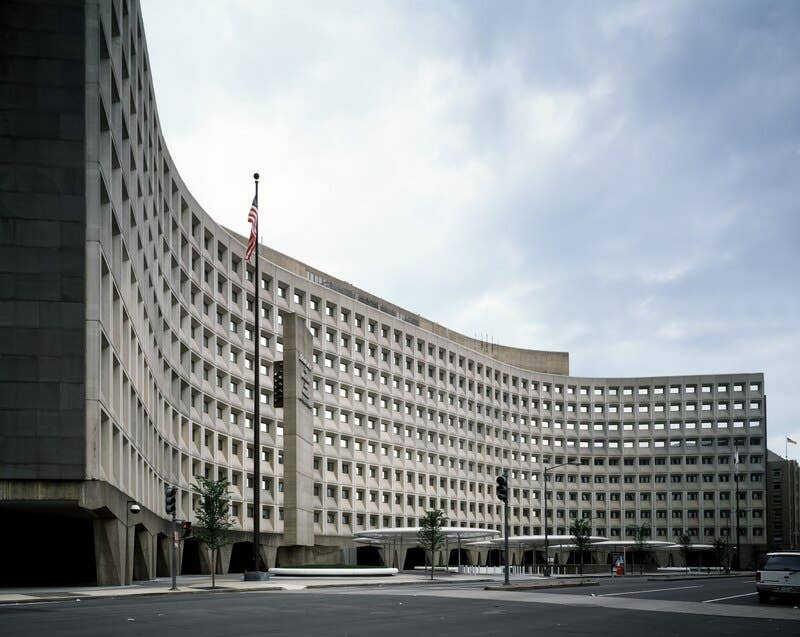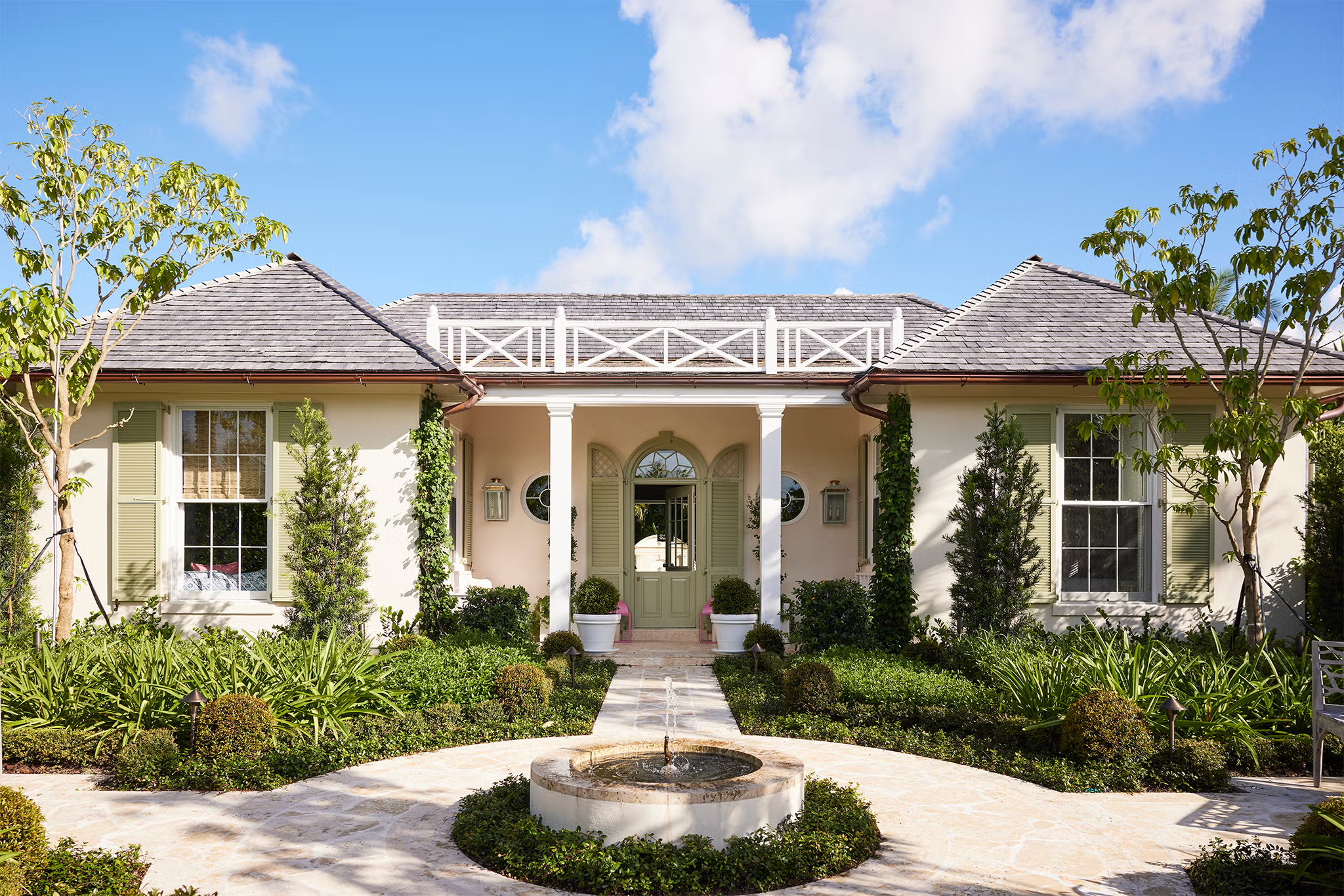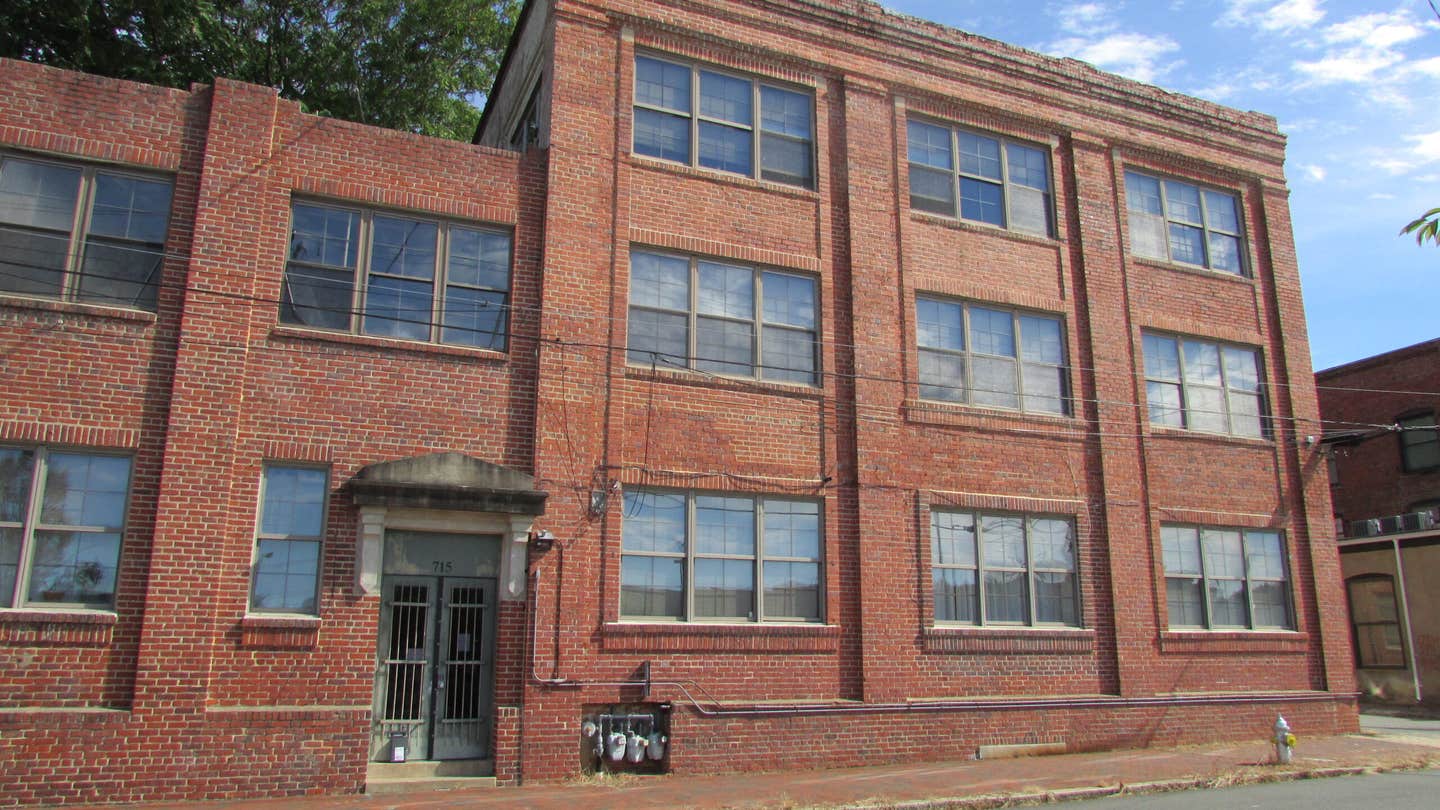
Vincent Michael
Where Do Historic Districts Come From?
Recently, major legislative efforts in Michigan and Wisconsin have threatened to fundamentally alter the enabling legislation that allows communities to create local historic districts. In Michigan specifically, all historic districts would need to be recreated again after ten years and a supermajority would be needed to approve them. In broad outline, the laws look like the old “regulatory takings” laws of the early 1990s.
The proponents of the legislation claim they are protecting property owners and property rights, but anyone with knowledge of where historic districts came from knows better. More importantly, the laws don’t seem to understand the basics of real estate economics. Let’s look at the first issue: Where do historic districts come from?
Almost every local historic district created in the United States over the last century has been a grass-roots community effort by people who loved their houses and wanted to protect their investment in those houses. Traditional Building and Old-House Journal are resources that grew out of local historic districts activists striving to preserve historic architecture in places like Brooklyn. Indeed, Brooklyn Heights was one of the earliest and most important historic districts in the country.
Brooklyn Heights wanted to be a local historic district in 1957 following the model of Beacon Hill in Boston. This was at a time when state enabling legislation finally allowed local communities to create such districts. Prior to 1954, you needed a state law to get a local district. Heck, Georgetown in D.C. needed a literal Act of Congress to create their historic district in 1950.
So what did the community activists of Brooklyn Heights do? They hired an architectural historian who surveyed the neighborhood and proposed a district of pre-Civil War buildings. Then they worked patiently with New York City for seven years until a citywide landmarks law was created, finally gaining designation in 1965.
Note the sequence. The survey came AFTER the community was organized. A similar architectural survey of Greenwich Village in 1965 concluded that the neighborhood was 18 SEPARATE historic districts. The community pushed back and finally became a single district in 1969.
The same pattern can be found in cities across the United States, from Chicago to Santa Barbara, from San Antonio to Boulder and from Miami Beach to Cambridge Massachusetts. Local laws reflect local desires, and only local historic districts wield real power. The experiences of Brooklyn Heights and Greenwich Village led to the inclusion of historic districts on the National Register of Historic Places, which can provide tax incentives, but the bottom line is that local historic districts are the meat of the matter.
Which brings us to the second issue: How real estate economics works. Unlike almost every other type of economic asset, real estate gains all of its value from externalities. What does that mean? It means a beautiful, richly appointed house will have NO value if it is in a terrible location. Similarly, as we see in Silicon Valley, a collapsing pile of sticks can be worth millions. The old saw about the three most important things in real estate? Location, location and location.
What does this mean for the homeowner? If you want to preserve your home’s value, you have to preserve the neighborhood! It doesn’t matter what you invest in your house if adjacent properties are ignored, or threatened with redevelopment. I live in a local historic district and I know that when I look up and down the street at all the Victorian gems around me, that those buildings are the ones giving my house its value and that the law which discourages their demolition not only encourages me to invest in my house, it provides a mechanism to safeguard that investment.
This is of course easy to prove statistically – study after study demonstrates that homes in historic districts maintain and improve their value better than those where the future “location” cannot be predicted. This does not mean that there are unprotected houses and neighborhoods with great value – there are. And some modern developments have created design guidelines and community review boards, borrowing the legal protections from historic districts for new homes.
It turns out the Michigan law was proposed by some wealthy homeowners who had successfully defeated a local historic district in East Grand Rapids. Turns out there are some CEOs in the group who run big-box stores as well, so they are trying to make their job easier.
This is a shame, because there is one other economic fact of historic districts we need to remember. Unlike big-box stores and highways franchises, local historic districts attract the kind of place-based investment that stays in the community. Every dollar we spend on our historic home is reinvested in the local community several times, through tradespeople, local services, local restaurants, banks and businesses.
Eliminating local historic districts does more than threaten the property values we have worked so hard to maintain and the beauty we have struggled to conserve. It threatens the local control and self-determination that make our communities real communities.
Vincent L. Michael, PhD is an international thought leader, writer, expert consultant and speaker in heritage preservation. Now completing his 9th year as a Trustee of the National Trust for Historic Preservation, Vince served from 2012 to 2015 as Executive Director of the Global Heritage Fund in Palo Alto, California, and prior to that as John H. Bryan Chair of Historic Preservation at The School of the Art Institute of Chicago.
To find out more, you can visit his web site: www.vincemichael.com


